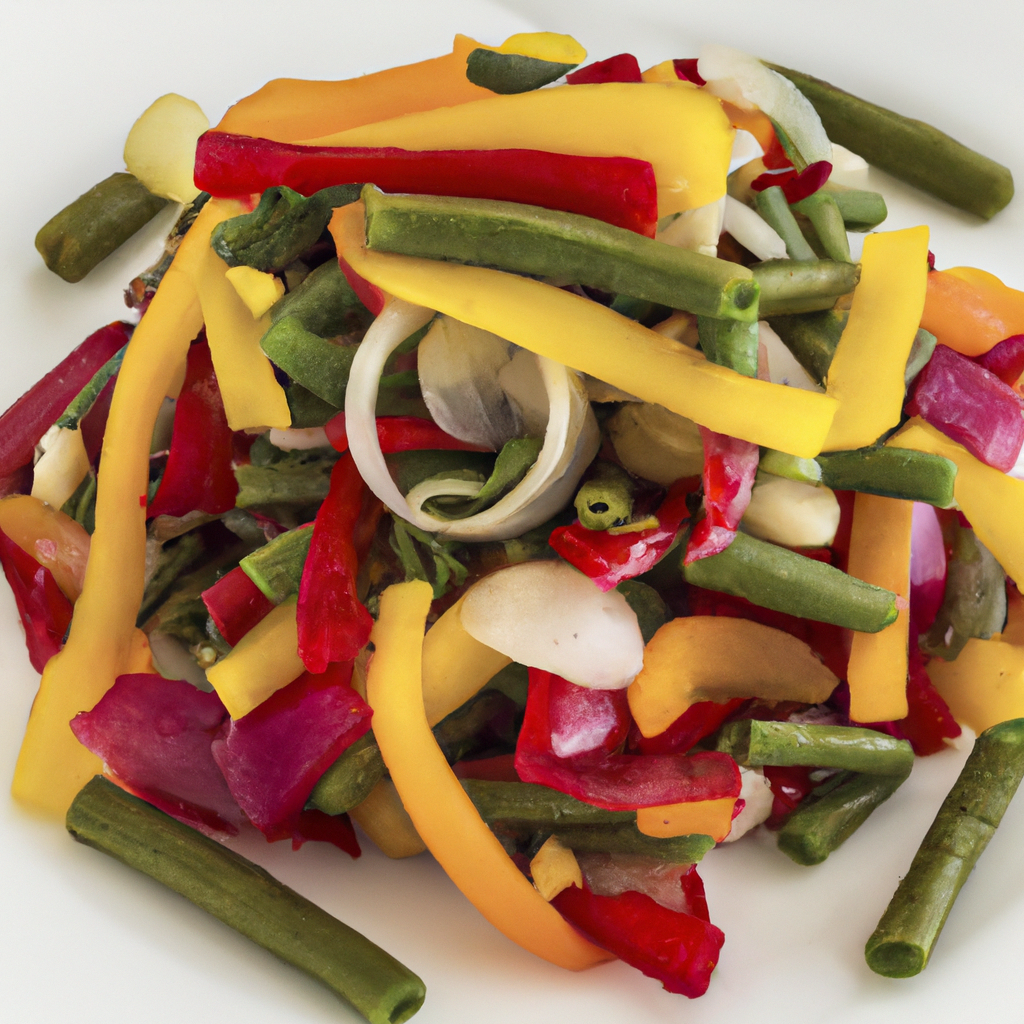
Creating delicious and healthy meals involves mastering a variety of cooking techniques. One essential skill to have in your culinary toolkit is blanching. Whether you’re looking to preserve the vibrant color of vegetables, pre-cook ingredients for stir-fries, or prepare items for freezing, blanching is a versatile method that every home cook should know. In this recipe, I’ll guide you through the simple steps of blanching, ensuring your dishes look and taste their best every time.
Blanching
Ingredients:
– Vegetables of your choice (broccoli, green beans, carrots, asparagus, etc.)
– Water
– Ice
– Salt (optional)
Instructions:
1. Prepare the vegetables by washing them thoroughly under cold water. Trim the ends and cut them into uniform pieces to ensure even cooking.
2. Fill a large pot with water, leaving enough room to accommodate the vegetables without overcrowding. Add a pinch of salt to the water if desired, though this step is optional.
3. Bring the water to a rolling boil over high heat. The salt, if added, will help season the vegetables while blanching.
4. While waiting for the water to boil, prepare a separate bowl with ice water. This will be used to quickly cool down the vegetables once they are blanched.
5. Once the water reaches a full boil, carefully add the vegetables to the pot using tongs or a slotted spoon. Be cautious not to overcrowd the pot, as this can reduce the effectiveness of blanching.
6. Set a timer for the recommended blanching time according to the type of vegetable you are cooking. This can vary but typically ranges from 1 to 3 minutes for most vegetables. The goal is to partially cook the vegetables while maintaining their crispness and vibrant color.
7. Keep an eye on the vegetables as they blanch. You’ll notice the color of the vegetables brightening and becoming more vivid as they cook.
8. Once the vegetables have blanched for the recommended time, quickly remove them from the boiling water using a slotted spoon or tongs. Immediately transfer the vegetables to the bowl of ice water to halt the cooking process.
9. Allow the vegetables to sit in the ice water bath for about the same amount of time they were blanched. This rapid cooling helps lock in the colors and textures of the vegetables.
10. Once the vegetables are cooled, drain them from the ice water and pat them dry with a clean kitchen towel or paper towel. Your blanched vegetables are now ready to be used in salads, stir-fries, pasta dishes, or frozen for later use.
Blanching is a versatile cooking technique that can elevate the quality of your dishes by preserving the natural colors and textures of your ingredients. By following these simple steps, you’ll be able to master the art of blanching and impress your family and friends with perfectly cooked vegetables every time. Experiment with different vegetables and discover how blanching can enhance the visual appeal and flavors of your favorite recipes. Happy cooking!
